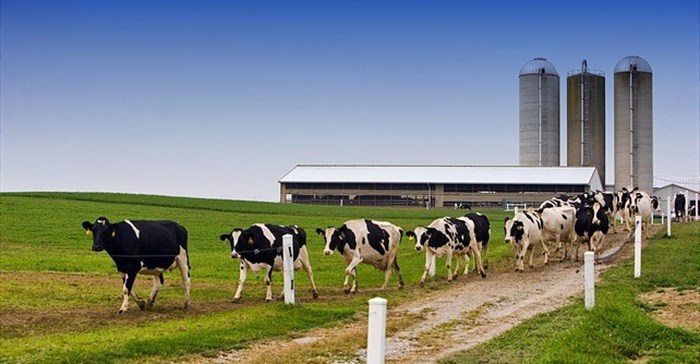
The objective of this article is to examine the pressures that are demanding ever higher standards of hygiene on dairy farms in order to achieve greater milk quality. Hygiene and mastitis control procedures that will enable today’s dairy farmers to meet these challenges need to be explored.
Dairy farmers are now firmly part of the milk and milk products food chain. This chain no longer exists solely within a country or continent – it is becoming increasingly global. A Dairy Report from the International Farm Comparison Network (IFCN) states that Asian farmers have the potential to compete internationally once the quality of milk and dairy products can be improved cost effectively. Singapore Rabobank International has recently voiced the possibility of India dislodging Europe as the key exporter of dairy products in the next few years.
The global competition and increasing pressure from food legislation, dairies and supermarkets are making extra demands on hygienic milk production in order to ensure consistently high standards of milk and milk products. A major challenge to dairy farm hygiene is the building up of larger and larger herds. The unrestricted introduction of new animals into a herd puts more animals at risk from any single disease outbreak.
Read the full article on Agri Africa